Discover More Topic Guides
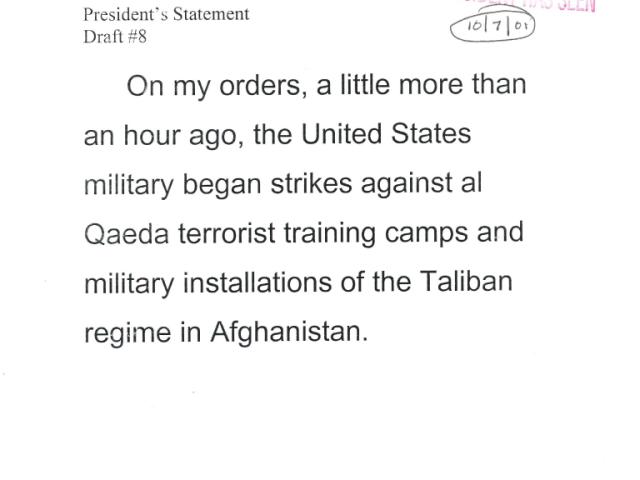
The War In Afghanistan
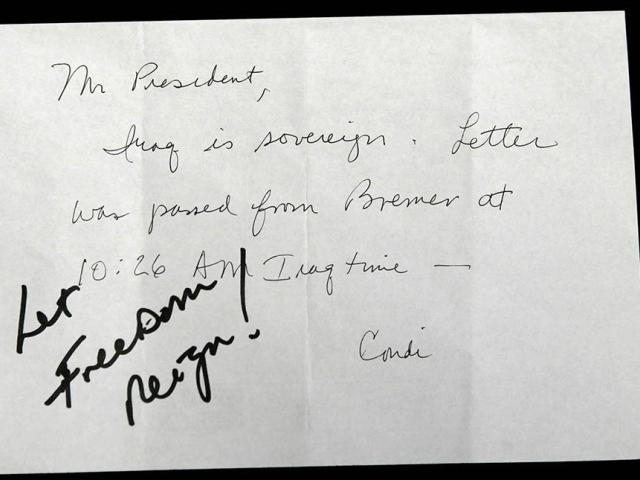
The Iraq War
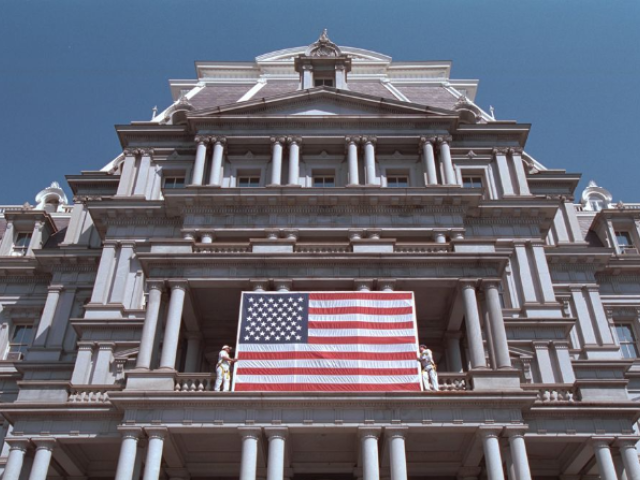
Executive Office of the President
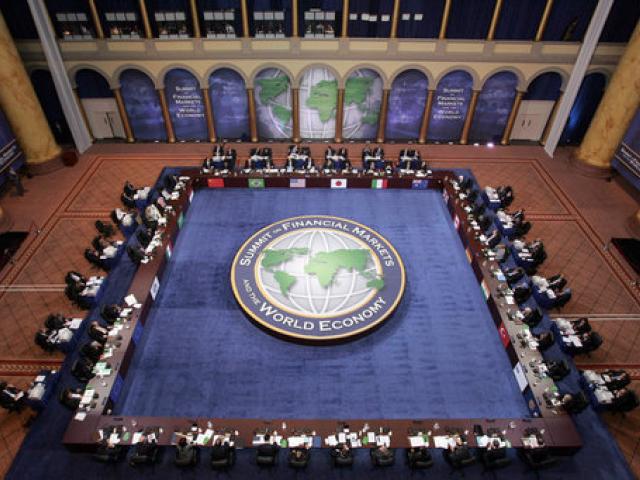
International Trade
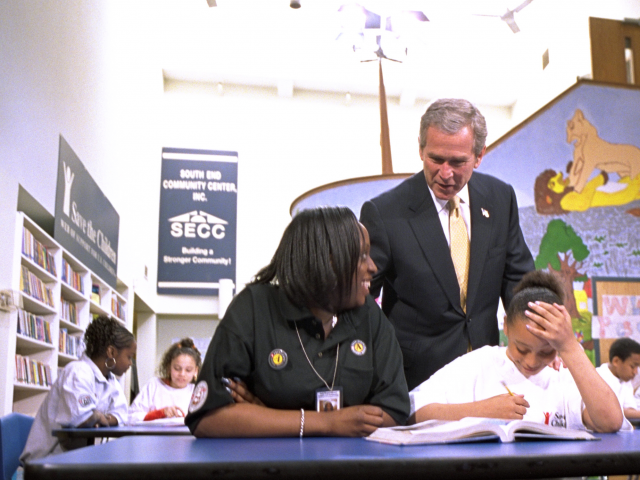
USA Freedom Corps
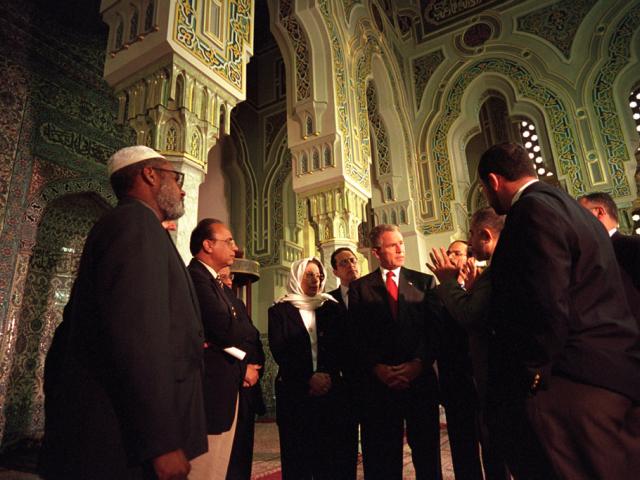
At the beginning of his Administration, President George W. Bush focused on public education reform. His first major initiative, the No Child Left Behind (NCLB) Act of 2002, was signed into law on January 8, 2002. The legislation had several main goals: holding schools accountable for student performance, increasing flexibility for state and local governments to use federal funds, targeting funding to research-based approaches, and expanding school choice options for parents.

No Child Left Behind required states receiving funding under the law to develop challenging academic standards that would apply to all students in the state, and to assess whether the standards were met through regular student testing. Schools had to demonstrate “adequate yearly progress,” and any school that failed to meet standards would be required to develop an improvement plan using research-based strategies.

Under No Child Left Behind, districts were required to offer school choice to all students in schools that had failed to meet standards two years in a row, and to provide transportation to students whose parents chose to enroll their children in new schools. Each subsequent year a school failed to meet standards, new requirements were added to help the school correct its course. Eventually, failing schools could be forced to restructure, accept state control, replace staff, or privatize.
No Child Left Behind also allowed states more flexibility in using federal funding, so that each state could choose how to address local needs. The Act included funding for teacher recruitment and training programs, improvement in reading instruction, and allowed Title I funds to be used for supplemental services such as tutoring.
Congress did not reauthorize NCLB and the White House released, in 2007, Building on Results: A Blueprint for Strengthening the No Child Left Behind Act.

In addition, President Bush increased the size of Pell Grants available to college students to an all-time high and created the Helping America's Youth Initiative. This was led by First Lady Laura Bush to help adults connect with at-risk children. Mrs. Bush also led initiatives for teacher recruitment, reading achievement, such as Ready to Read, Ready to Learn, and global literacy.
For a more complete guide of the archival records that are open for research, please download the Archival Research Guide:
Additional photo essays, Presidential Messages and Statements, press releases, and more from 2001 - 2009 are available through the Archived White House Website.





